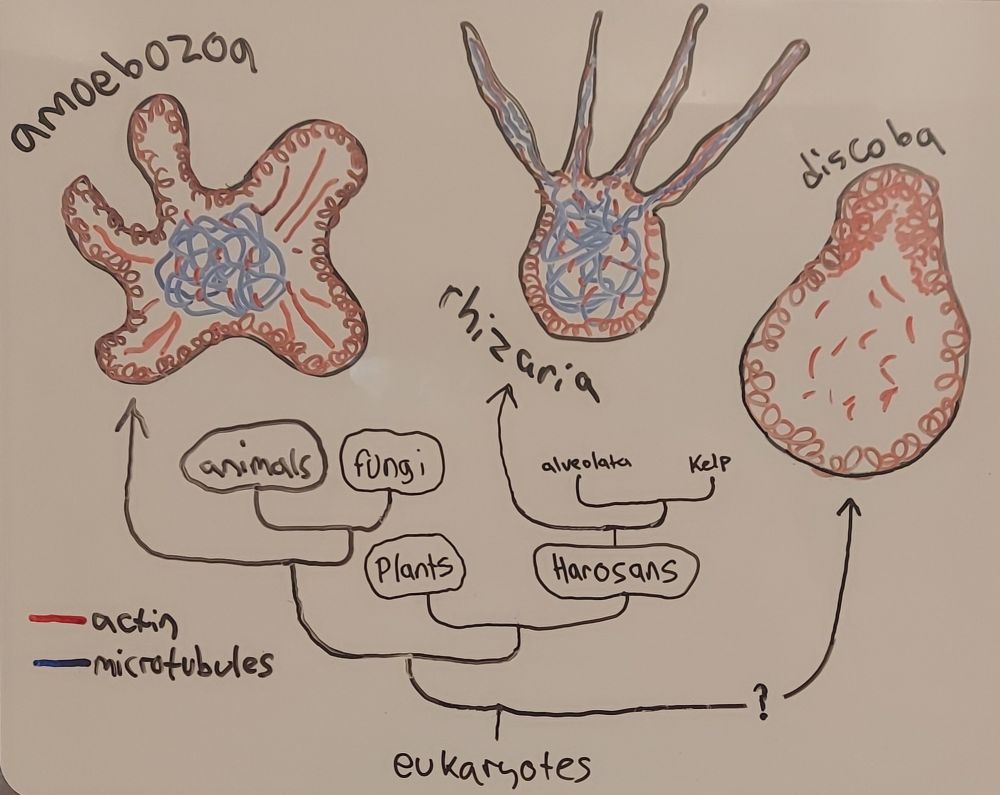
#protistsonsky 🧵
#protistsonsky 🧵
#slimemoulds #slimemolds #śluzowce #Myxogastria #Eumycetozoa #Amoebozoa




#slimemoulds #slimemolds #śluzowce #Myxogastria #Eumycetozoa #Amoebozoa


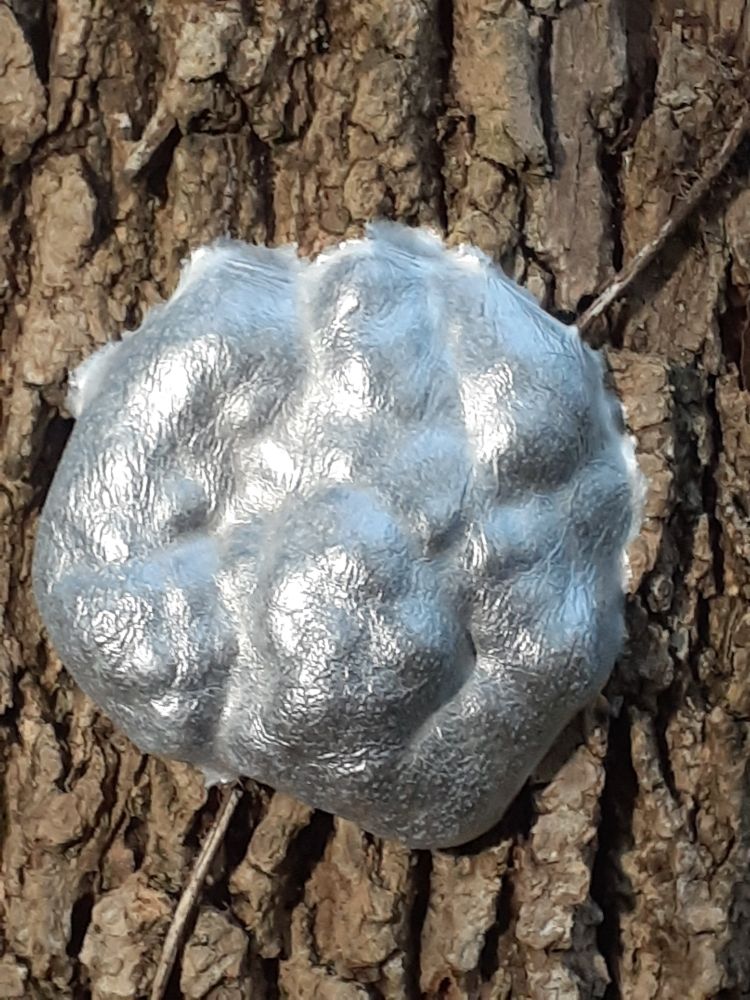
#slimemoulds #slimemolds #śluzowce #Myxogastria #Eumycetozoa #Amoebozoa



#slimemoulds #slimemolds #śluzowce #Myxogastria #Eumycetozoa #Amoebozoa


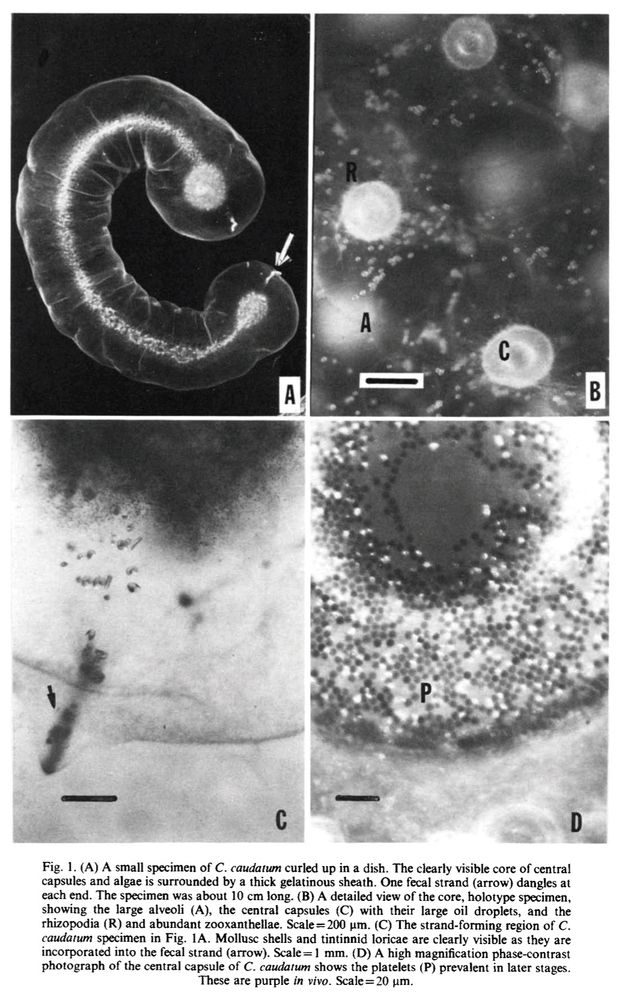
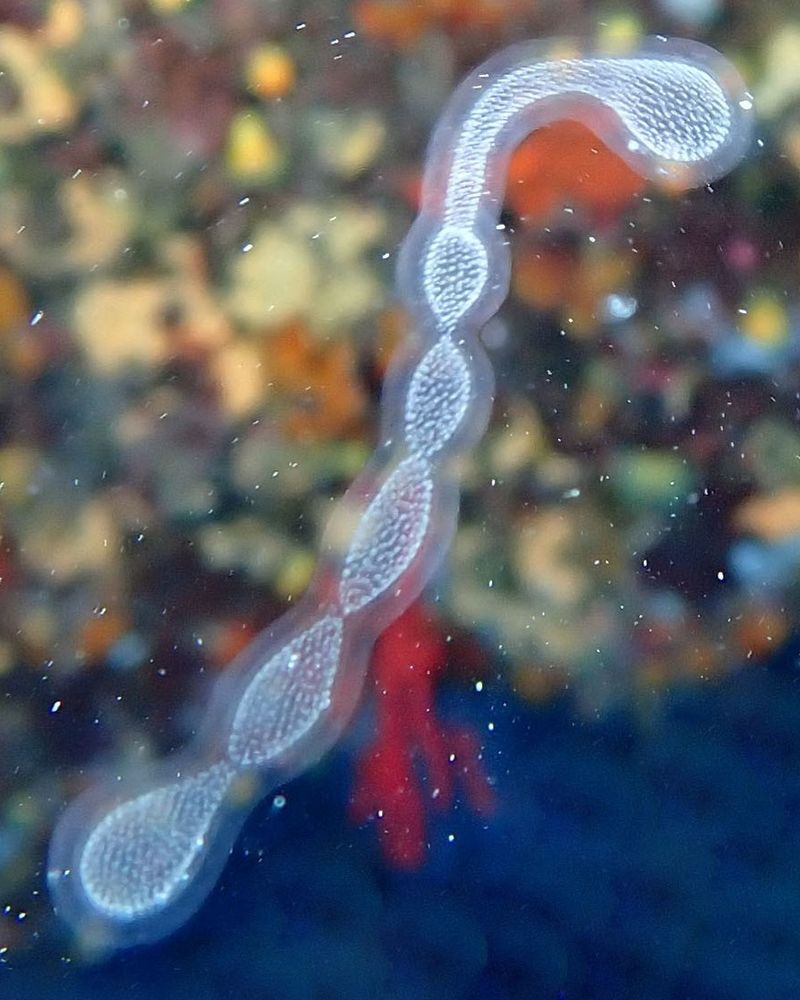
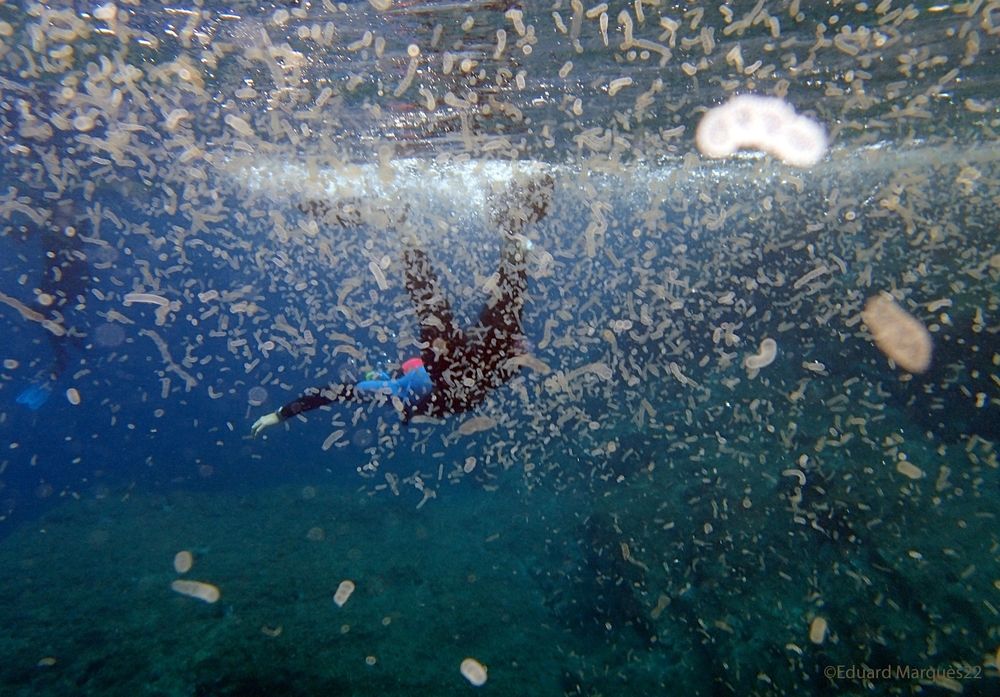
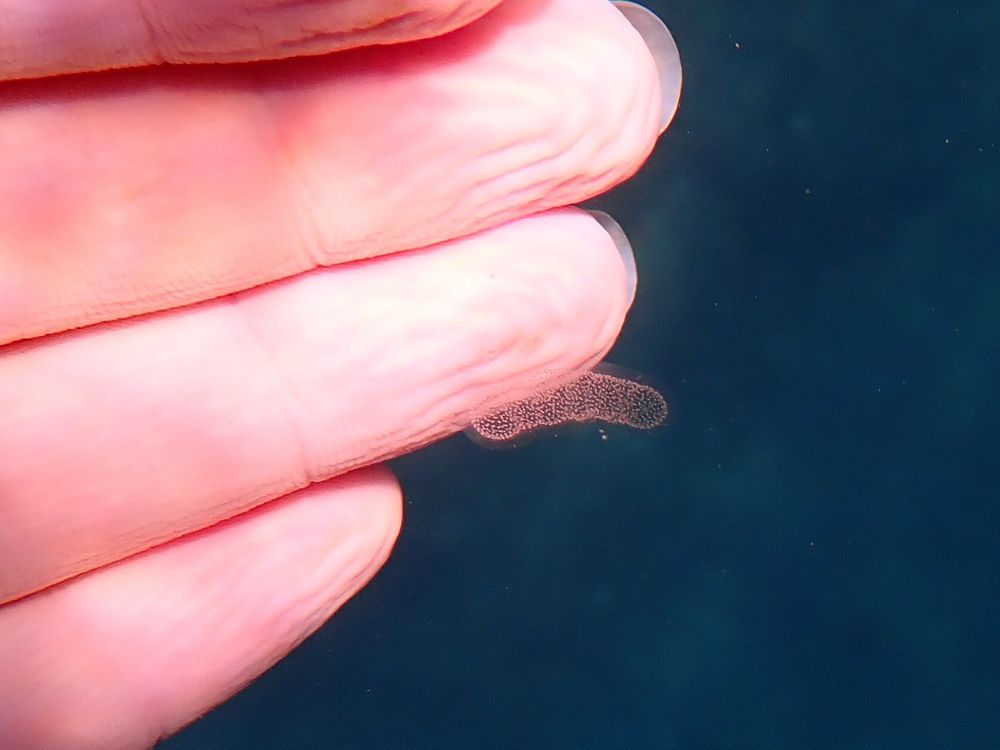
Unlike slime molds, slime nets
1) decay living & dead plants
2) maintain separate cells
3) have immobile networks

Unlike slime molds, slime nets
1) decay living & dead plants
2) maintain separate cells
3) have immobile networks

Slime molds eat the microbes on decaying plants but not the microbes on decaying animals. Badhamia (Physarum) polycephala is an unusually adventurous eater who also enjoys mushrooms, oats, and probably a number of other things!
I wonder what's up with the peanut
Slime molds eat the microbes on decaying plants but not the microbes on decaying animals. Badhamia (Physarum) polycephala is an unusually adventurous eater who also enjoys mushrooms, oats, and probably a number of other things!
I wonder what's up with the peanut






www.instagram.com/kazumibanderas




www.instagram.com/kazumibanderas





